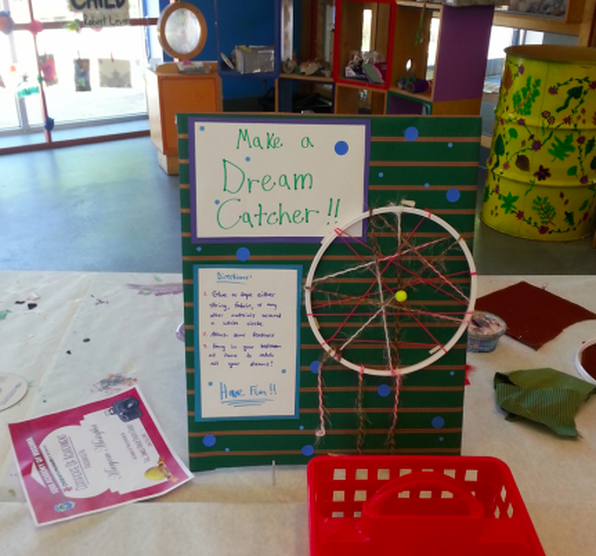|
The Breadcrumbs widget will appear here on the published site.
What exactly are children's museums curating?I spend a lot of time with kids under the age of 10. I don't have any of my own, but I think kids are fantastic, and babysit them frequently. The way that kids explore the world is a beautiful thing. They usually engage in a more open and honest manner than adults. All kids really need is information, then they've got the lockdown on asking questions. I think it is only when kids are not given all the information, or the context around information, that we shortchange them and set them up for ignorance or failure down the line. Assuming one doesn't come from a Creationist point of view, one might be inclined to think that places such as the Children's Museum of Richmond and the Science Museum of Virginia would be ideologically safe places to take your kids. From my experiences taking various kids to both of these museums, I would say that, for the most part, they are indeed lovely places for children to grow and explore. Recently, though, I saw something at both museums that put a bad taste in my mouth. At the Children's Museum of Richmond's craft area, they had a "Make a Dream Catcher" table. The table and description had no context for what a dream catcher was, where it comes from, and more importantly WHO it comes from. Dream catchers are a traditional creation of many indigenous groups in North America, including the Cree, Ojibwe, and Sioux. I know, I know, I'm being a fun-killing politically correct cop here. Let the children make their dream catchers in peace, you might say. Maybe in your mind's hierarchy of cultural appropriation, making a dream catcher is a smaller offense than wearing a headdress. And let's not forget that children are still taught to wear headdresses and similarly problematic attire in offensive and inaccurate plays in elementary schools all over this country. But it is worse than just an offense to certain cultures; this omission is shortchanging all kids who see it. Without the context for the dream catcher, kids coming to the Children's Museum are missing out on a lot. Without the history, understanding, and respect for the culture and traditions from which it came, why even call it a dream catcher? It's some tangle strings! Call it a spider web! At the Science Museum of Virginia, my discovery of a gross inaccuracy and a poor attempt at enlightening children was more shocking to me than cultural appropriation. Maybe I'm just more calloused to cultural appropriation. There was a computer at the Science Museum that allowed kids to go through and explore different scientifically-related ethical questions. The one pictured above—"Is it ethical for governments to have a one-child policy?"—was an opportunity for children to consider important societal issues and weigh the pros and cons involved in the matter. For the sake of simplicity at best, or a certain political agenda at worst, the entire section about the ethics around one-child policies did not even mention related issues such as femicide and forced abortions in places like China where a one-child policy is enforced. To ignore these issues is to remove a large part of the ethical intent from the exhibit. Kids are left just learning about how population control is good for the environment, but not the serious interplay between these polices and the patriarchy, for example. If you are going to ask kids serious questions, you need to give them the relevant information to intelligently consider those questions. And if you think the relevant information is more than the kids can handle, then maybe hold off on asking the question or consider a different way of presenting the information. It doesn't avoid controversy to avoid the issues of femicide and forced abortion in this context, it kind of makes asking the question even worse because it is dishonest and deceptive and certainly not science. This sort of withholding of information shortchanges kids not only on an individual basis but on a societal ones. We ought to be taking opportunities to help kids develop their critical thinking, not "protect" them in bubbles of ignorance so that when they pop out later, they're unable to comprehend the realities of the world. When you take your kids, or someone else's kids, or some kids you find on the street to any museum, be alert. Monitor and supplement what goes into those kids' minds. #Real #ChildrensEducation #ChildPedagogy #TeachingChildren #ChildPsychology #ChildrensMuseums #ChildrensExhibits Visit our shop and subscribe. Sponsor us. Submit and become a contributor. Like us on Facebook and follow us on Twitter.
CommentsComments are closed.
|
|









